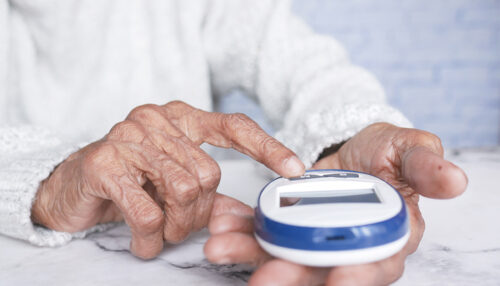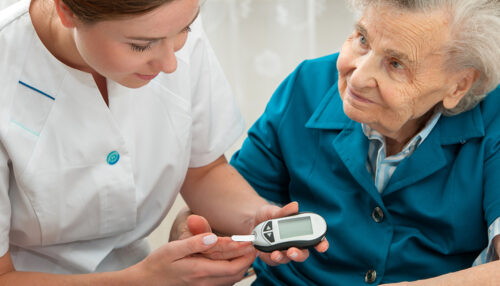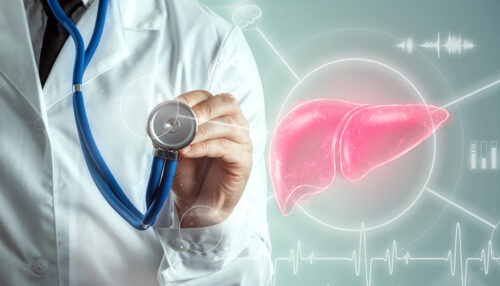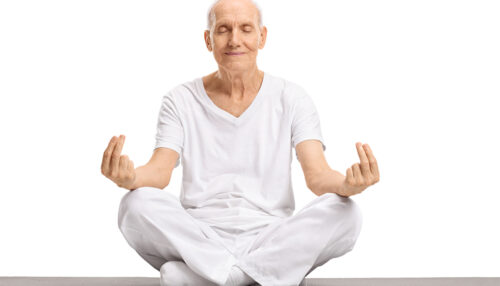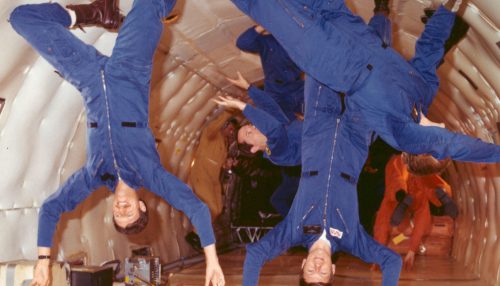
The aim of the presented report was to compare the hormonal responses of cortisol (C) and testosterone (T) during maximum graded aerobic cycling exercise: with vibration (Vib) vs without vibration (noVib). It was directed to sports experts planning the regeneration process or the time/ type of activity during training and competition. Moreover, having clinical implications […]




